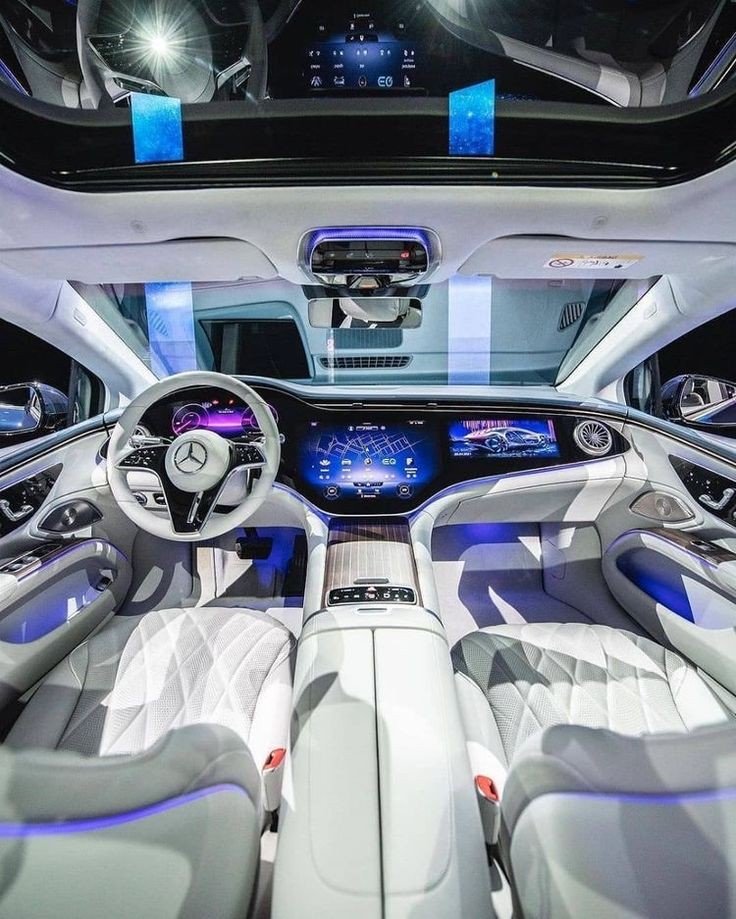
The Korea-EU Free Trade Agreement (FTA), in effect since 2011, was established to reduce trade barriers and promote economic cooperation between South Korea and the European Union. While the agreement has facilitated numerous economic exchanges, the automotive sector, a significant component of this partnership, continues to face challenges. The Automotive and Parts Working Group meeting held in May 2023 highlighted these challenges and brought forth critical discussions on simplifying certification procedures, trade facilitation measures, and electric vehicle (EV) subsidy guidelines.
The Current Landscape of the Korea-EU Automotive Trade
Automotive Trade Dynamics:
The automotive industry forms a crucial part of the trade relationship between South Korea and the European Union. Both regions boast advanced automotive industries, with South Korea home to giants like Hyundai and Kia, and the EU housing renowned brands such as Volkswagen, BMW, and Mercedes-Benz. Despite the potential for mutual benefits, various regulatory hurdles impede the smooth flow of automotive trade.
Trade Statistics:
As of recent years, the EU remains one of South Korea’s most significant trading partners for automotive products. The trade volume has seen substantial growth since the FTA’s inception, but regulatory barriers, particularly in certification and compliance, have constrained the full realization of this potential.
READ MORE: Donald Trump Gives Controversial Statements on Auto Industry
Certification Procedures: A Major Bottleneck
Complex Certification Requirements:
One of the primary concerns raised by the EU at the working group meeting was the complexity of South Korea’s automobile certification procedures. The EU representatives pointed out that the current certification system for vehicle safety standards, emission and noise standards, and fuel efficiency standards is cumbersome and time-consuming.
Vehicle Safety Standards:
South Korea has stringent vehicle safety standards designed to ensure the safety of passengers and pedestrians. While these standards are crucial, the EU argues that the certification process is overly detailed and burdensome, leading to delays in market entry for EU-manufactured vehicles.
Emission and Noise Standards:
Similarly, South Korea’s emission and noise standards are rigorous, reflecting the country’s commitment to environmental sustainability. However, the EU highlighted that the process to certify compliance with these standards is lengthy, affecting the timeliness of bringing new models to the market.
READ MORE: CRX High-Speed Electric Scooter by Verivo Motor India
Fuel Efficiency Standards:
Fuel efficiency standards are another critical area where certification requirements pose challenges. The EU representatives emphasized that the procedures to certify vehicles for fuel efficiency are extensive, adding to the overall time and cost of entering the South Korean market.
Trade Facilitation Measures: The EU’s Proposals
Simplifying Certification Procedures:
To address these issues, the EU proposed that South Korea simplify its certification procedures. This could involve streamlining documentation requirements, reducing the number of tests required, and adopting mutual recognition agreements (MRAs) for certification standards.
Mutual Recognition Agreements:
MRAs could play a pivotal role in facilitating trade. By recognizing EU certification standards as equivalent to South Korean standards, both parties could reduce redundancy and expedite the approval process for EU vehicles entering the South Korean market.
Harmonization of Standards:
Another proposal involves harmonizing standards between the two regions. By aligning South Korean standards more closely with those of the EU, both parties could simplify the compliance process, making it easier for EU manufacturers to meet South Korean requirements without extensive modifications.
READ MORE: Top 10 Car Cleaning Tools
Electric Vehicle Subsidy Guidelines: The EU’s Concerns
Subsidy Criteria and Predictability:
A significant portion of the discussions focused on South Korea’s electric vehicle (EV) subsidy guidelines. The EU expressed concerns about the predictability and fairness of these guidelines. Each year, the Ministry of Environment sets and announces the criteria and amounts for EV subsidies. This year, the vehicle price threshold to receive the full subsidy was lowered from 57 million won (approximately $42,200) to 55 million won.
Impact on EU Automakers:
Few electric vehicles from EU brands in South Korea are priced below 55 million won, which limits their eligibility for the full subsidy. For instance, Volkswagen adjusted the price of its ID.4 model to 54.9 million won, reducing it by 2 million won to meet the subsidy criteria. This last-minute adjustment highlights the difficulty EU automakers face in responding promptly to subsidy criteria announced annually.
Charger Installation Requirements:
The EU also raised issues with the subsidy criteria related to charger installation. The current guidelines provide additional subsidies for electric vehicles from manufacturers that have installed a certain number of fast chargers in the past three years. The EU criticized this criterion, arguing that it disproportionately benefits manufacturers with extensive charging infrastructure, potentially disadvantaging newer entrants and smaller manufacturers.
The Path Forward: Balancing Regulation and Trade Facilitation
Balancing Stringent Standards with Trade Facilitation:
South Korea’s regulatory framework aims to ensure high safety, environmental, and performance standards for vehicles on its roads. However, the challenge lies in balancing these stringent standards with the need to facilitate trade and promote economic cooperation under the FTA.
Collaborative Approach:
A collaborative approach involving continuous dialogue and cooperation between South Korea and the EU is essential. Both parties need to work towards simplifying procedures without compromising safety and environmental goals. Joint working groups and regular consultations can help identify and resolve specific issues in real-time.
Technological Cooperation:
Technological cooperation can also play a significant role in addressing these challenges. By sharing best practices and technological advancements, both regions can develop more efficient and mutually acceptable certification processes.
Industry Feedback:
Incorporating feedback from the automotive industry is crucial. Automakers on both sides should be actively involved in discussions, providing practical insights into how regulatory changes impact their operations and market strategies.
READ MORE: Bajaj Auto Ltd: A Closer Look at Recent Stock Performance
Case Studies: Global Practices in Automotive Trade Facilitation
Japan-EU Economic Partnership Agreement:
The Japan-EU Economic Partnership Agreement provides a relevant case study. Under this agreement, Japan and the EU have adopted mutual recognition agreements for certain vehicle standards, significantly reducing the time and cost associated with certification. This has facilitated smoother trade flows and could serve as a model for Korea-EU cooperation.
United States-Mexico-Canada Agreement (USMCA):
The USMCA includes provisions to streamline automotive trade between the United States, Mexico, and Canada. By aligning standards and reducing certification redundancies, the agreement has enhanced the efficiency of cross-border automotive trade. Lessons from the USMCA could inform strategies to simplify Korea-EU automotive trade processes.
Conclusion
The Korea-EU Free Trade Agreement represents a significant milestone in fostering economic cooperation between South Korea and the European Union. However, the automotive sector continues to face challenges, particularly concerning complex certification procedures and subsidy guidelines for electric vehicles. The recent Automotive and Parts Working Group meeting highlighted these issues and underscored the need for simplification and predictability in regulatory processes.
Moving forward, a balanced approach that maintains high safety and environmental standards while facilitating trade is essential. Through mutual recognition agreements, harmonization of standards, and continuous dialogue, South Korea and the EU can address these challenges and enhance their automotive trade relationship. By learning from global practices and incorporating industry feedback, both regions can create a more efficient and transparent trading environment, ultimately benefiting consumers and manufacturers alike.
ALSO READ: Readywire’s AI-Driven ERP Solutions for Automobile Dealerships







